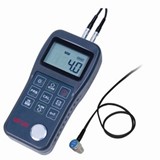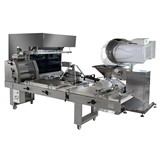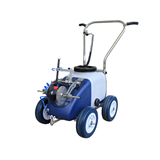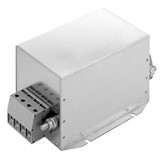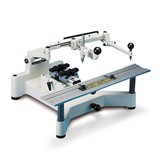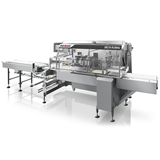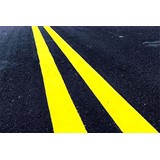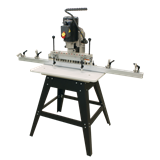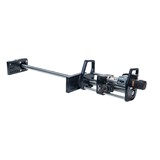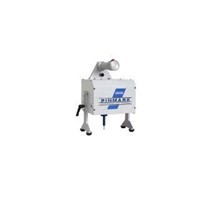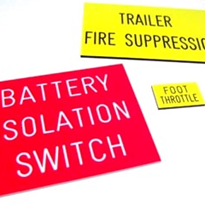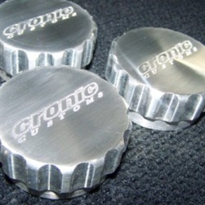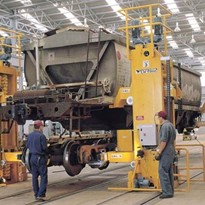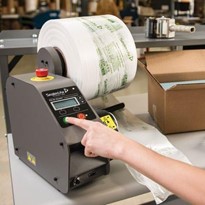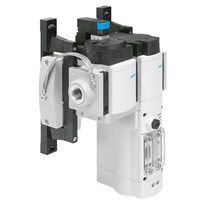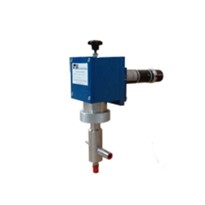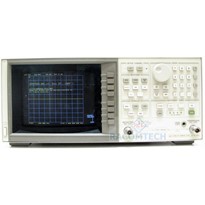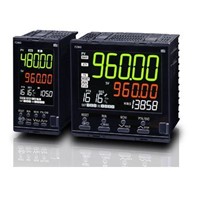Laser engraving hack: how to create thicker lines with vector engraving.
In the world of laser engraving, the pursuit of efficiency and precision is ongoing. Today, we're discussing a transformative hack that significantly enhances productivity and quality when processing thin-line digital vector graphics. Don, a Trotec Laser team member, demonstrates this hack in a video titled "Laser Engraving Hack: How to Create Thicker Lines with Vector Engraving."
The difference between raster engraving and vector engraving
The hack revolves around shifting from raster engraving to vector engraving. Raster engraving, traditionally used in laser engraving, mimics a printer's movement. It fills the area to be engraved line by line, which can be time-consuming, mainly when carving intricate or detailed designs.
Drastic reduction in processing time: demonstrating the hack
On the other hand, vector engraving resembles a line drawing, where the laser follows the vector lines and etches them as a single line. This approach dramatically reduces engraving time but often results in thinner lines, which might not be desirable for specific designs.
Manipulating the Z Offset: balancing speed and line thickness
In the video, Don demonstrates this technique using cherry wood's 4-inch diameter circle design. The standard raster engraving process took about 3 and 9 seconds to complete. By contrast, the vector engraving method took a mere 19 seconds to achieve the same design, marking a drastic reduction in processing time.
The hack lies in manipulating the Z offset to achieve a balance between speed and line thickness. By setting the Z offset in Job Control to negative 0.08 inches, the laser is taken out of focus by 80 thousandths of an inch. This slight defocusing causes the beam width to become more significant when vector cutting, resulting in thicker etched lines.
Versatility across different materials: expanding possibilities
The lines created using this method are the same thickness as in the original raster engraving, combining the advantages of rapid vector cutting with the desired line thickness. However, care must be taken to keep the laser clear, which can lead to blurry engraving lines. Therefore, it's recommended to experiment with the Z offset to get the best results.
Revolutionising laser engraving: Trotec Laser's innovative hack
The versatility of this hack extends beyond cherry wood, as it works well on most materials that can accommodate the graphic design. Don demonstrates this versatility by applying the same engraving process on tanned rawhide leather and TroLase engraving plastic, achieving similar impressive results.
Pushing boundaries: unleashing the potential of laser engraving
This innovative engraving hack, pioneered by Dave Stevens and our friends at Trotec Laser USA, can transform the way you approach laser engraving, offering the potential to drastically cut down processing time while maintaining or even enhancing the quality of the final product.
This example is a testament to the potential of Trotec Laser's machines and the creativity of the professionals who use them. It's not just about the equipment but also about leveraging its capabilities to push the boundaries of what's possible in laser engraving.
Stay tuned for more future laser hacks like this one as Trotec Laser continues exploring new ways to optimise efficiency and enhance laser engraving quality. By sharing these techniques, we aim to provide laser engravers with the tools they need to master their craft and achieve their creative visions.





